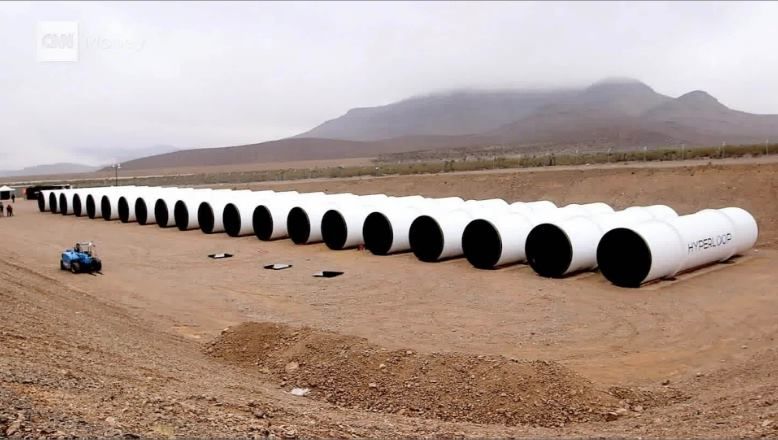
Produce and detect gravitational fields at will using magnetic fields, control them for studying them, work with them to produce new technologies — it sounds daring, but Prof. André Füzfa of Namur University has proposed just that in an article published in the scientific journal Physical Review D. If followed, this proposal could transform physics and shake up Einstein’s theory of general relativity.
At present, scientists study gravitational fields passively: they observe and try to understand existing gravitational fields produced by large inertial masses, such as stars or Earth, without being able to change them as is done, for example, with magnetic fields. It was this frustration that led Füzfa to attempt a revolutionary approach: creating gravitational fields at will from well-controlled magnetic fields and observing how these magnetic fields could bend space-time.
In his article, Füzfa has proposed, with supporting mathematical proof, a device with which to create detectable gravitational fields. This device is based on superconducting electromagnets and therefore relies on technologies routinely used, for example, at CERN or the ITER reactor.
Read more


















